- Home
- Resource
- Explore & Learn
- The Unsung Heroes of Pandemic Defense: Laboratory Medicine and Wastewater Monitoring
- Home
- IVD
- By Technology Types
- By Diseases Types
- By Product Types
- Research
- Resource
- Distributors
- Company
The COVID-19 pandemic has underscored the essential role of diagnostic tools in managing public health crises. Laboratory medicine and wastewater monitoring have emerged as pivotal strategies in combating infectious diseases, providing crucial data for outbreak management, healthcare planning, and early detection of new variants. These tools, often overlooked, have been instrumental in shaping the global response to the pandemic.
 Fig.1 Key aspects of laboratory medicine during the COVID-19 pandemic that may play a role in addressing future public health threats. (Lippi G., et al., 2025)
Fig.1 Key aspects of laboratory medicine during the COVID-19 pandemic that may play a role in addressing future public health threats. (Lippi G., et al., 2025)
Laboratory medicine has been at the forefront of the COVID-19 response, offering rapid and accurate diagnostic testing. The ability to detect SARS-CoV-2, the virus responsible for COVID-19, has been crucial in identifying and isolating infected individuals, thereby reducing transmission rates. Molecular diagnostic tests, such as reverse transcription polymerase chain reaction (RT-PCR), have been widely used due to their high sensitivity and specificity. These tests detect viral RNA in patient samples, allowing for early diagnosis and timely intervention.
Laboratory data has also been integral in predictive modeling and outbreak control. By analyzing test results and identifying transmission patterns, public health authorities can implement targeted interventions to contain outbreaks. For example, studies have shown that widespread screening within five days of the first positive case can effectively limit the spread of the virus. Regular testing of high-risk populations, such as healthcare workers and residents of long-term care facilities, has been particularly effective in reducing transmission rates and protecting vulnerable individuals.
The cumulative number of tests and positivity rates have emerged as key indicators of the strain on healthcare systems. High positivity rates often correlate with increased hospital and ICU admissions, highlighting the need for resource allocation and preparedness. For instance, a study in Italy demonstrated that a 10% increase in community-based test positivity rates was associated with a nearly threefold increase in hospital-onset infection rates. This data has been invaluable in helping healthcare providers anticipate surges and allocate resources more effectively.
The emergence of new SARS-CoV-2 variants has posed significant challenges to public health efforts. Laboratory testing and genomic surveillance have been crucial in detecting these variants early, allowing for rapid risk assessment and coordinated public health actions. Studies have shown that low testing rates can delay the identification of new variants by weeks or even months, emphasizing the importance of widespread and timely testing.
Wastewater monitoring has emerged as a powerful tool for tracking the spread of infectious diseases at the community level. By analyzing sewage for the presence of SARS-CoV-2 RNA, scientists can gain insights into the overall health status of populations without relying on individual testing. This approach has several advantages, including the ability to detect asymptomatic infections and monitor trends over time.
Technical Challenges and Solutions
Wastewater testing presents several technical challenges, including low pathogen concentrations and the complex composition of sewage samples. Advanced techniques, such as ultrafiltration and reverse transcription digital PCR (RT-dPCR), have been employed to enhance the sensitivity and specificity of these tests. Additionally, next-generation sequencing (NGS) has been used to detect complete SARS-CoV-2 genomes in wastewater, providing detailed information on circulating variants.

Predictive Value and Public Health Applications
Wastewater monitoring has proven to be a valuable predictor of COVID-19 case surges, hospitalizations, and ICU admissions. Studies from Greece, Canada, and the United States have demonstrated strong correlations between wastewater viral load and subsequent clinical outcomes. For example, a study in Greece found that wastewater SARS-CoV-2 levels predicted COVID-19 cases with a 5-day delay and ICU admissions with a 9-day delay. This data has been instrumental in informing public health decisions and guiding resource allocation.

Environmental Considerations
The COVID-19 pandemic has also highlighted the importance of proper waste management. The surge in industrial, household, and medical waste has posed significant environmental challenges, emphasizing the need for robust and safe waste disposal strategies. Improper management of these materials can have unforeseen adverse impacts on human health and the ecosystem, further complicating pandemic response efforts.

The COVID-19 pandemic has provided valuable lessons for future public health crises. The critical role of laboratory medicine and wastewater monitoring in managing outbreaks cannot be overstated. These tools have enabled early diagnosis, outbreak prediction, healthcare system preparedness, and early detection of new variants. Moving forward, several key lessons must be considered:
The first 100 days of an outbreak are critical for implementing scalable disease management and containment strategies. Rapid development and distribution of accurate diagnostic tests are essential for controlling the spread of infectious diseases. Integrating laboratory data into predictive models and public health decision-making processes is crucial for effective outbreak management.
The pandemic has revealed significant disparities in healthcare systems worldwide. Access to testing, vaccines, and healthcare services varies greatly between the public and private sectors. Strengthening global health equity through improved resource allocation and collaboration is essential for mitigating the impact of future health crises.
The lack of standardized protocols for laboratory testing and wastewater monitoring has hindered the comparability of results across studies. Establishing uniform guidelines and investing in infrastructure and personnel training are necessary steps for effective public health surveillance. Continued investment in research and development will also be essential for staying ahead of emerging pathogens.
Proper waste management is a critical component of pandemic response. Developing and implementing safe and efficient waste disposal strategies will help minimize the environmental impact of future outbreaks. This includes investing in advanced waste treatment technologies and promoting sustainable practices.
The COVID-19 pandemic has underscored the critical importance of laboratory medicine and wastewater monitoring in managing public health crises. These tools have provided essential data for outbreak management, healthcare planning, and early detection of new variants. As we look to the future, the lessons learned from this experience must inform our strategies for addressing new and emerging infectious threats. By investing in technology, standardizing protocols, and promoting global health equity, we can better prepare for the next pandemic and protect public health on a global scale.
If you have related needs, please feel free to contact us for more information or product support.
Reference
This article is for research use only. Do not use in any diagnostic or therapeutic application.

Cat.No. GP-DQL-00203
Rotavirus Antigen Group A and Adenovirus Antigen Rapid Test Kit (Colloidal Gold)
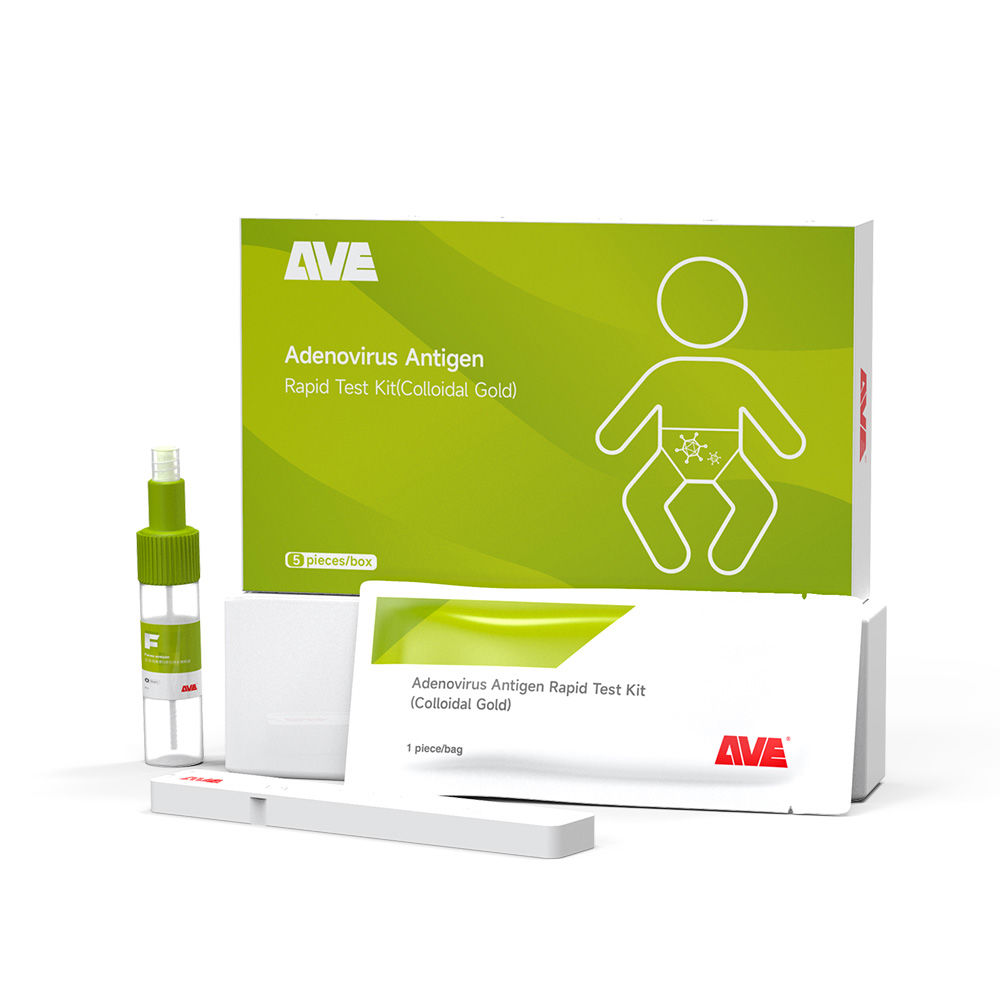
Cat.No. GP-DQL-00206
Adenovirus Antigen Rapid Test Kit (Colloidal Gold), Card Style
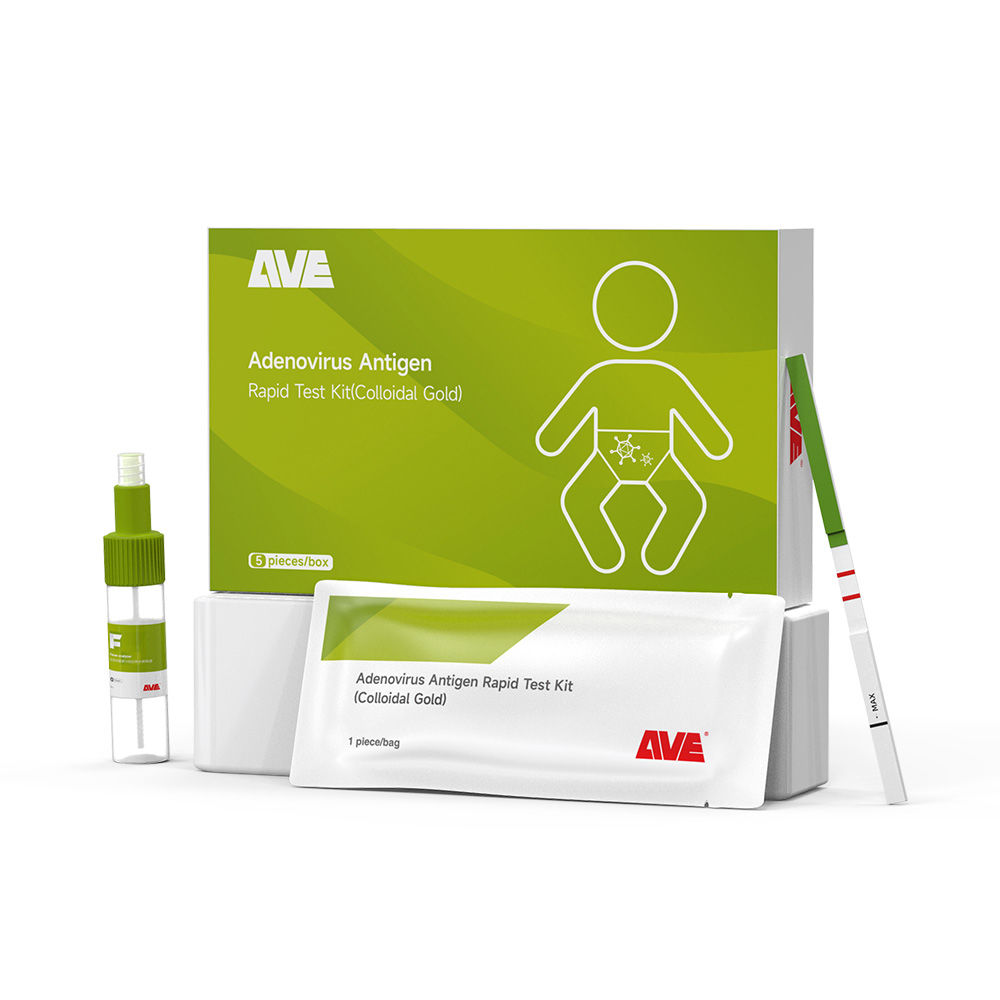
Cat.No. GP-DQL-00207
Adenovirus Antigen Rapid Test Kit (Colloidal Gold), Strip Style

Cat.No. GP-DQL-00211
Rotavirus Antigen Group A Rapid Test Kit (Colloidal Gold), Card Type
Cat.No. GP-DQL-00212
Rotavirus Antigen Group A Rapid Test Kit (Colloidal Gold), Card Type
Cat.No. IP-00189
Influenza A Rapid Assay Kit
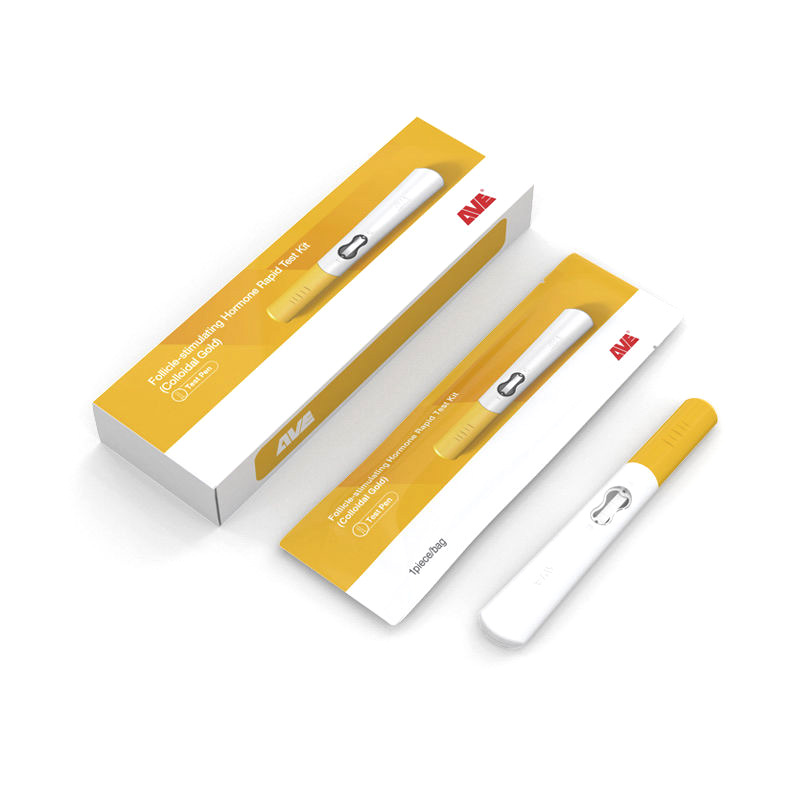
Cat.No. GH-DQL-00200
Follicle-stimulating Hormone Rapid Test Kit (Colloidal Gold)
Cat.No. GH-DQL-00201
Insulin-like Growth Factor Binding Protein 1 Rapid Test Kit (Colloidal Gold)

Cat.No. GH-DQL-00202
Luteinizing Hormone Rapid Test Kit (Colloidal Gold)
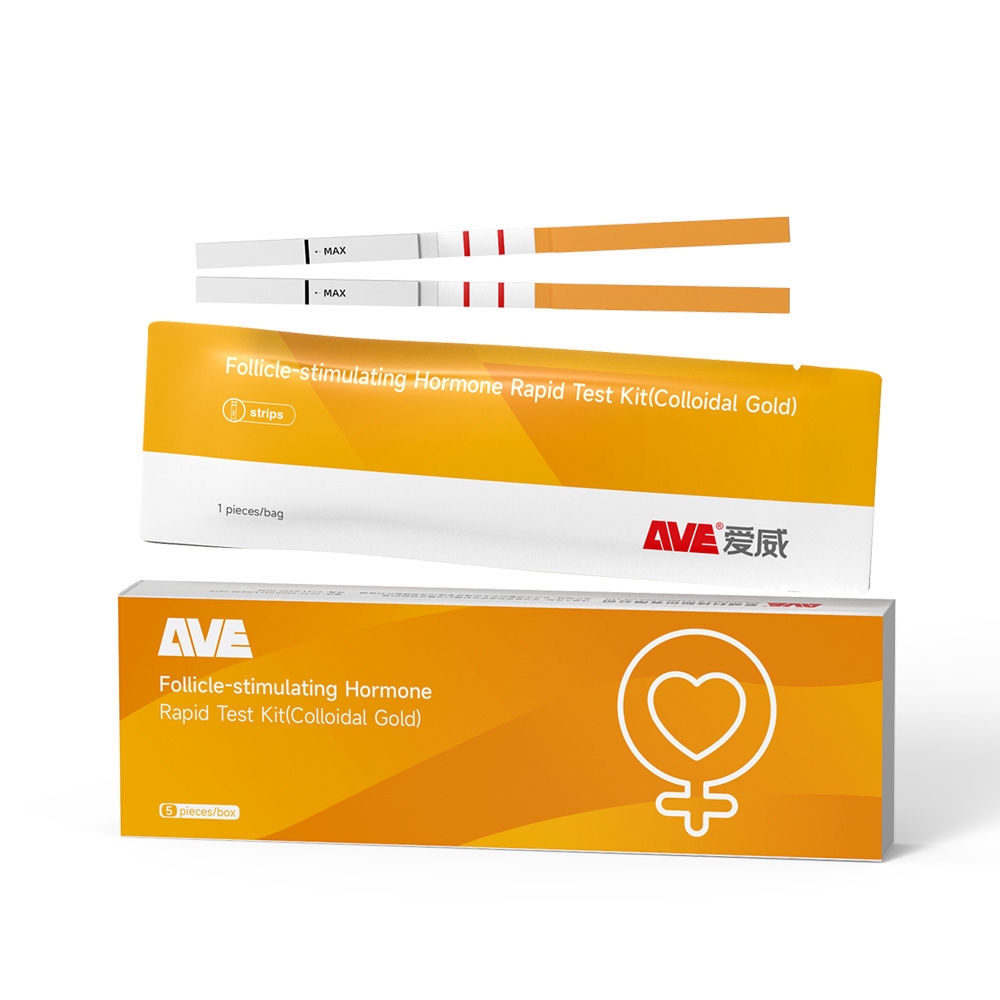
Cat.No. GH-DQL-00208
Follicle-stimulating Hormone Rapid Test Kit (Colloidal Gold), Strip Style
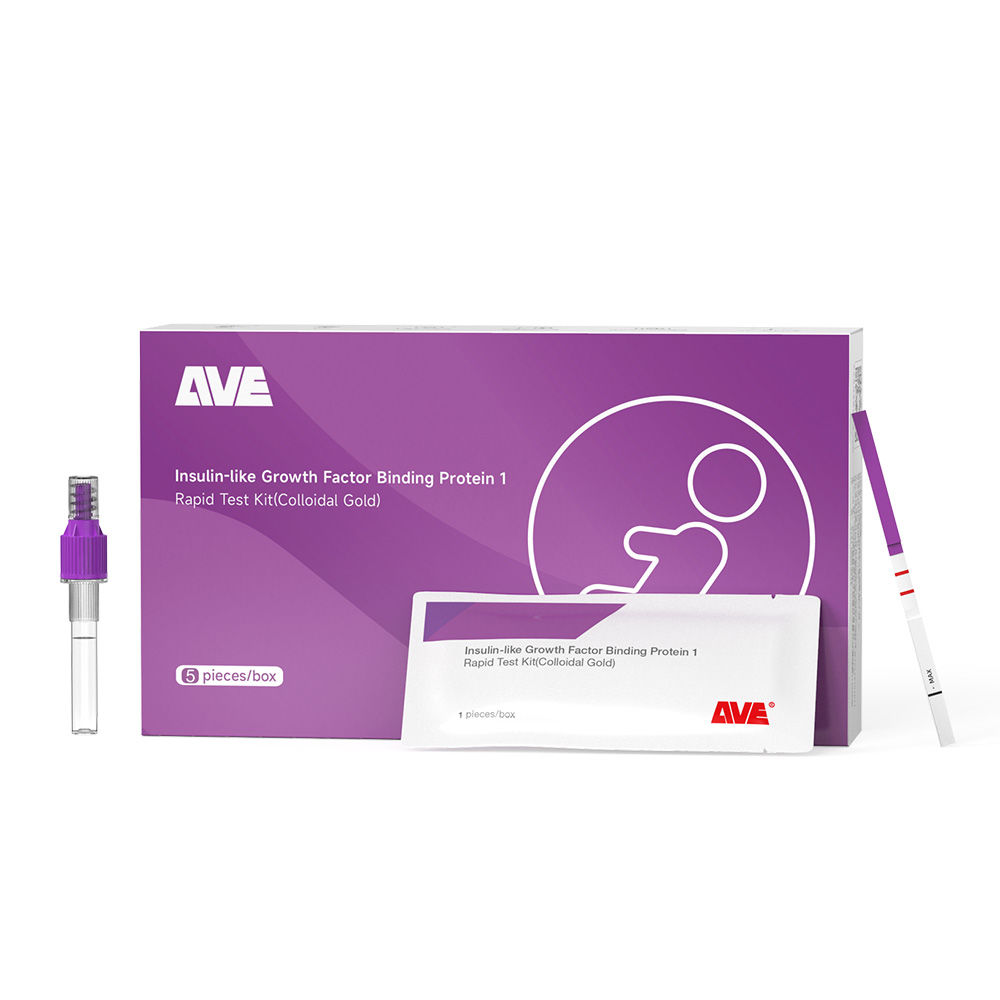
Cat.No. GH-DQL-00209
Insulin-like Growth Factor Binding Protein 1 Rapid Test Kit(Colloidal Gold), Strip Style

Cat.No. GH-DQL-00210
Luteinizing Hormone Rapid Test Kit (Colloidal Gold), Strip Style
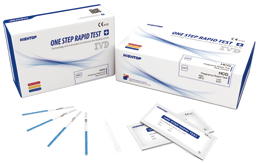
Cat.No. IH-HYW-0001
hCG Pregnancy Test Strip
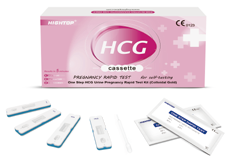
Cat.No. IH-HYW-0002
hCG Pregnancy Test Cassette
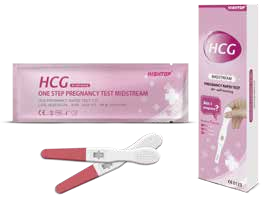
Cat.No. IH-HYW-0003
hCG Pregnancy Test Midstream
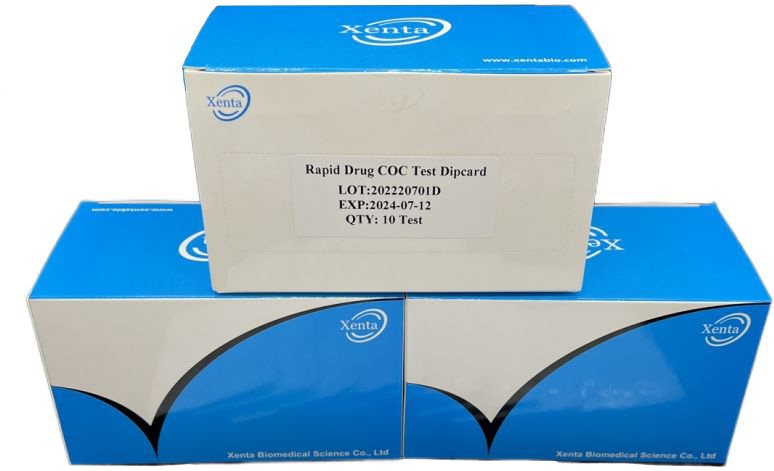
Cat.No. GD-QCY-0001
Cocaine (COC) Rapid Test Kit

Cat.No. GD-QCY-0002
Marijuana (THC) Rapid Test Kit

Cat.No. GD-QCY-0003
Morphine (MOP300) Rapid Test Kit

Cat.No. GD-QCY-0004
Methamphetamine (MET) Rapid Test Kit

Cat.No. GD-QCY-0005
Methylenedioxymethamphetamine ecstasy (MDMA) Rapid Test Kit

Cat.No. GD-QCY-0006
Amphetamine (AMP) Rapid Test Kit

Cat.No. GD-QCY-0007
Barbiturates (BAR) Rapid Test Kit

Cat.No. GD-QCY-0008
Benzodiazepines (BZO) Rapid Test Kit
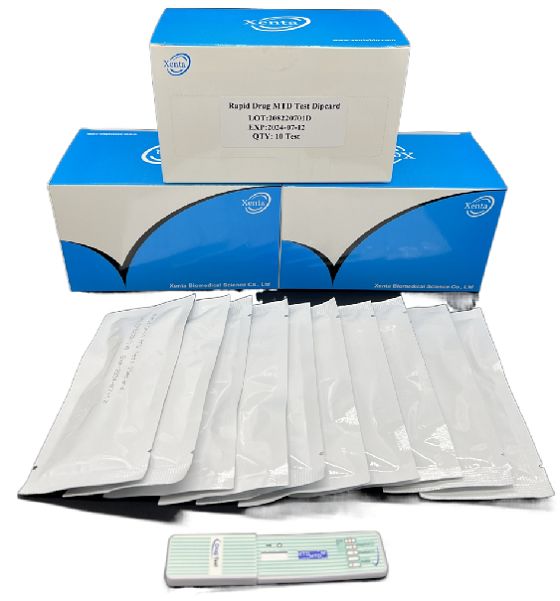
Cat.No. GD-QCY-0009
Methadone (MTD) Rapid Test Kit

Cat.No. GD-QCY-0011
Opiate (OPI) Rapid Test Kit
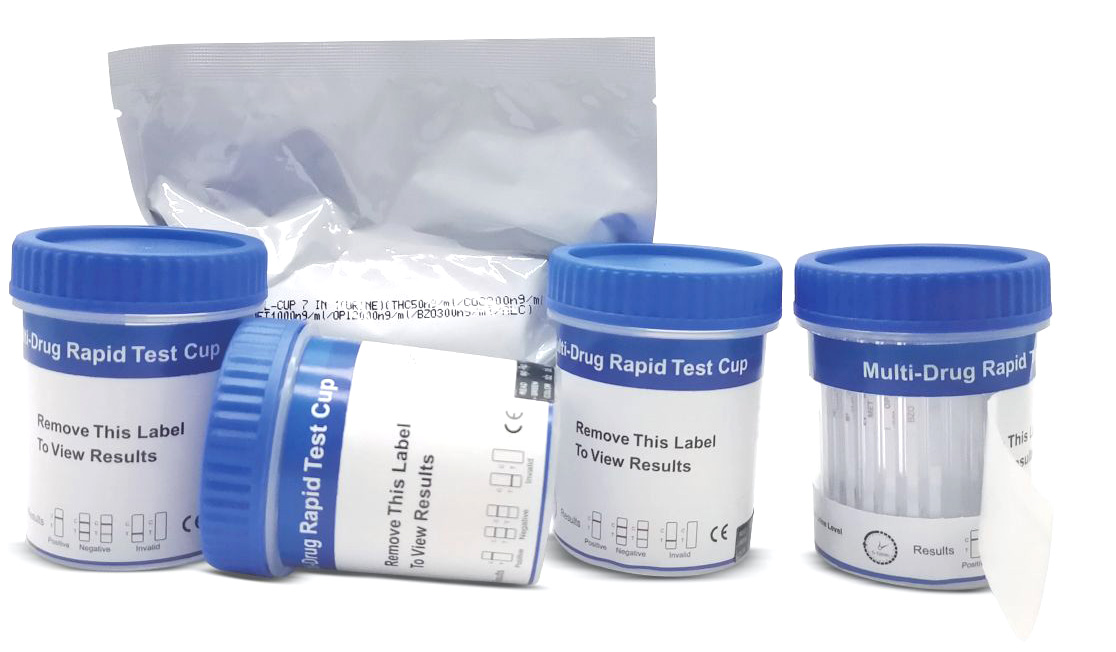
Cat.No. ID-HYW-0002
Multi-Drug Test L-Cup, (5-16 Para)
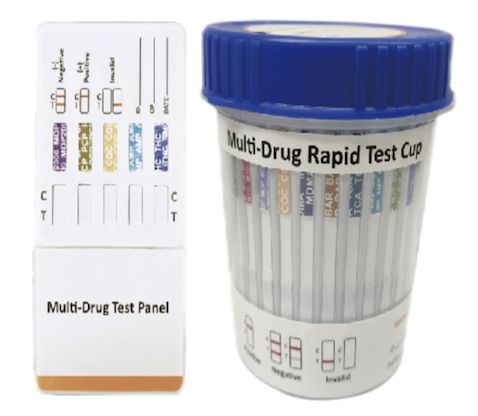
Cat.No. ID-HYW-0005
Multi-Drug Rapid Test (Dipcard & Cup) with Fentanyl

Cat.No. ID-HYW-0006
Multi-Drug Rapid Test (Dipcard & Cup) without Fentanyl
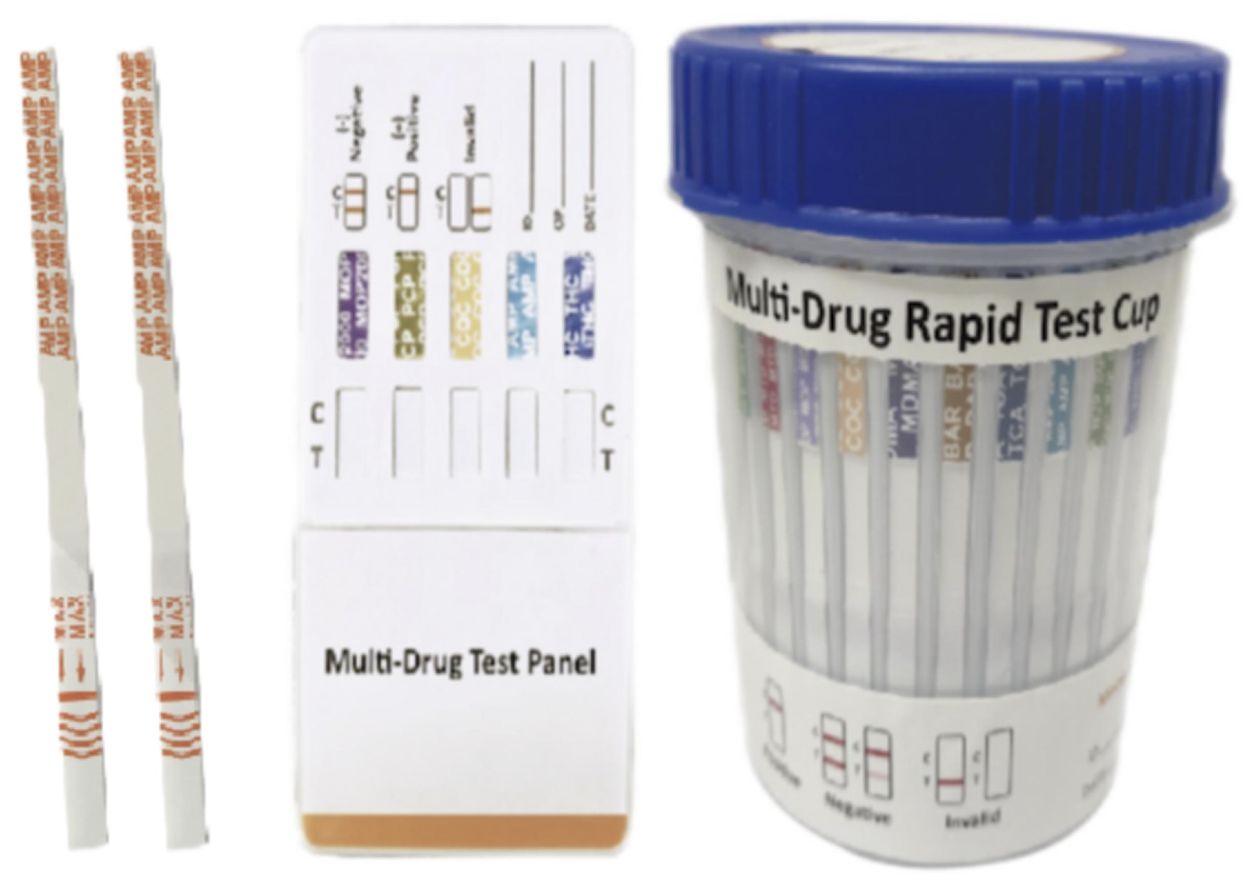
Cat.No. ID-HYW-0007
Multi-Drug 2~14 Drugs Rapid Test (Dipstick & Dipcard & Cup)
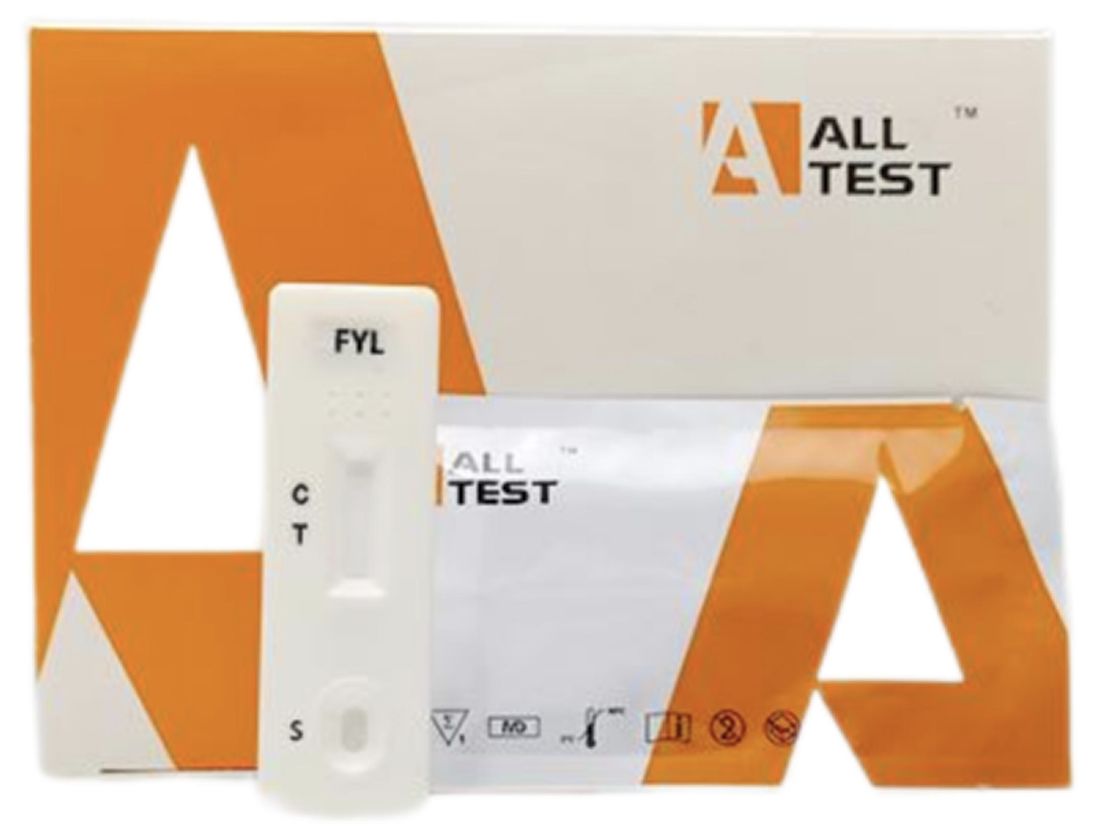
Cat.No. ID-HYW-0008
Fentanyl (FYL) Rapid Test (For Prescription Use)
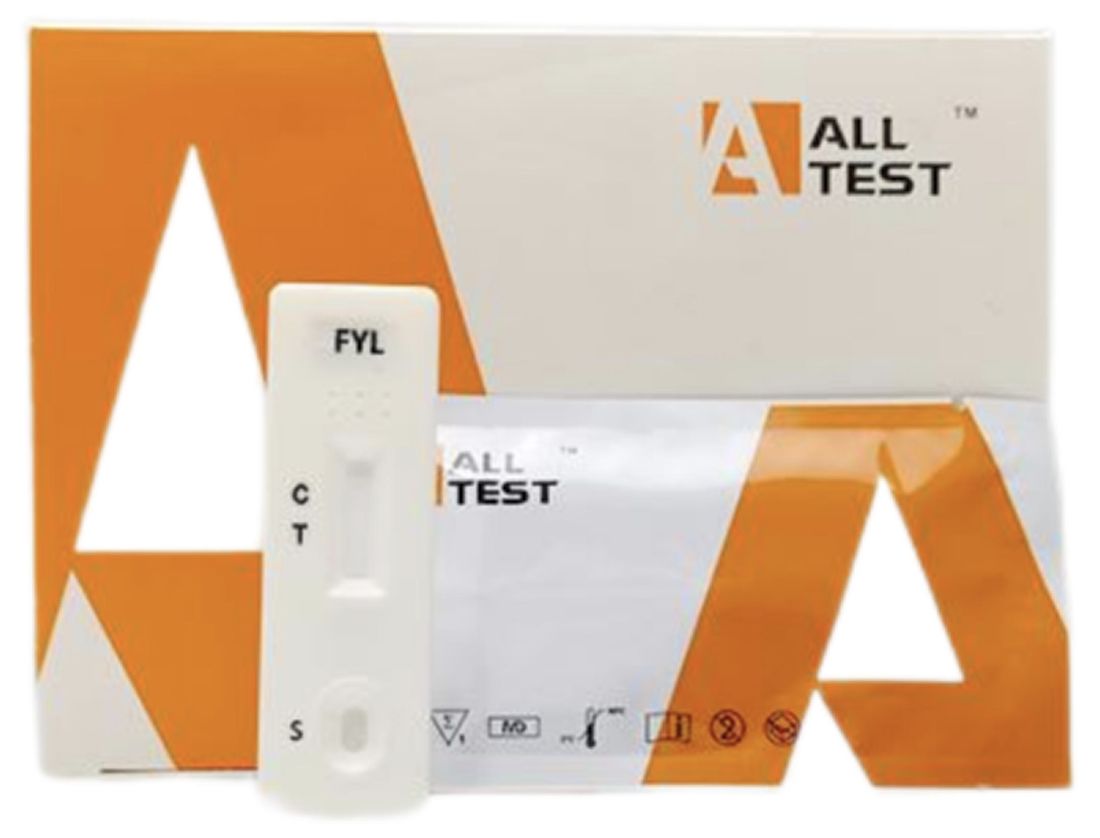
Cat.No. ID-HYW-0009
Fentanyl Urine Test Cassette (CLIA Waived)
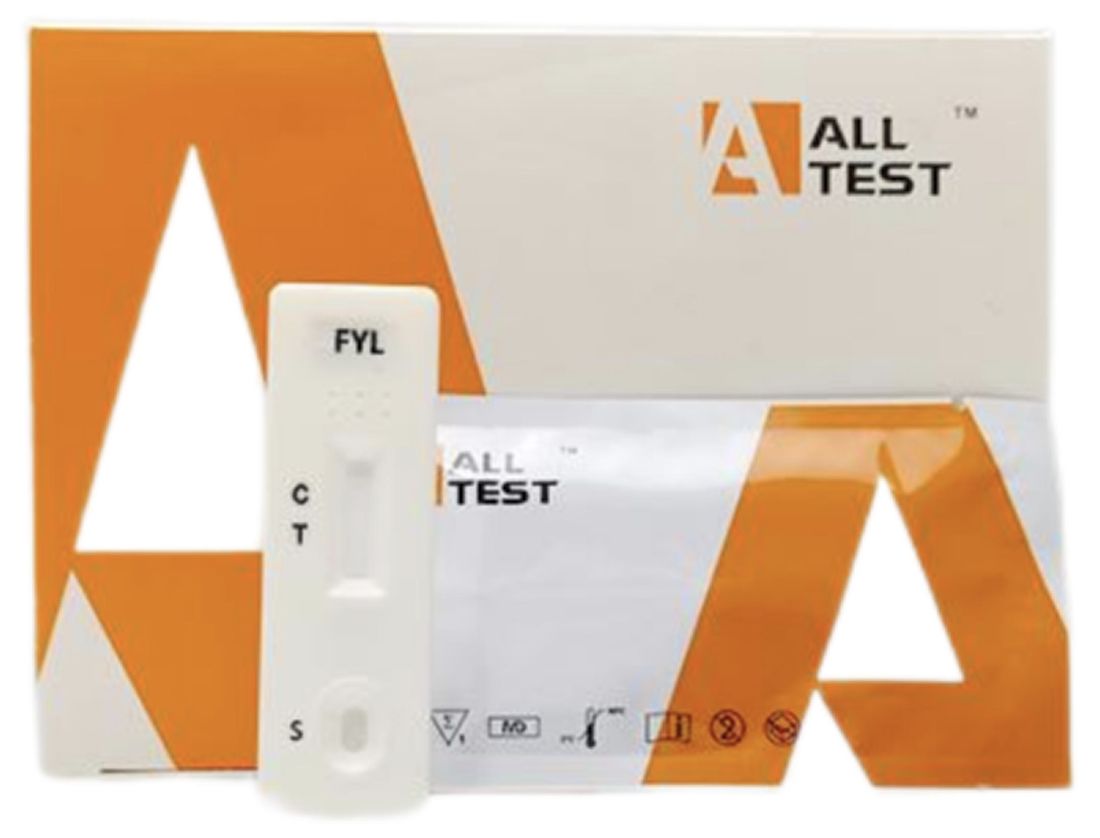
Cat.No. ID-HYW-0010
Fentanyl Urine Test Cassette (Home Use)
|
There is no product in your cart. |